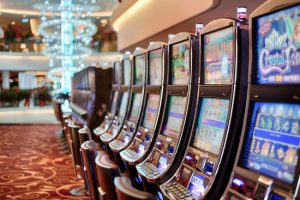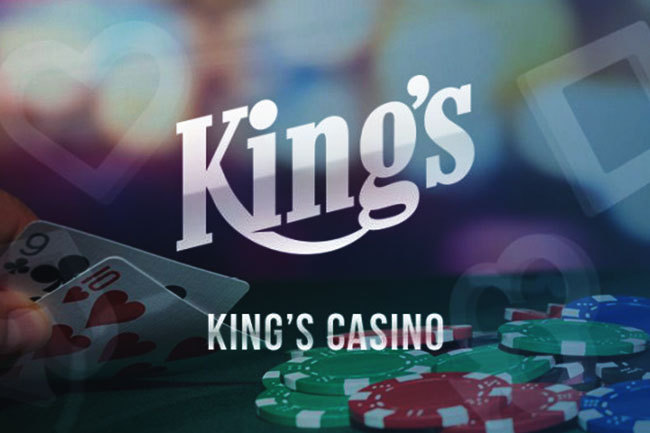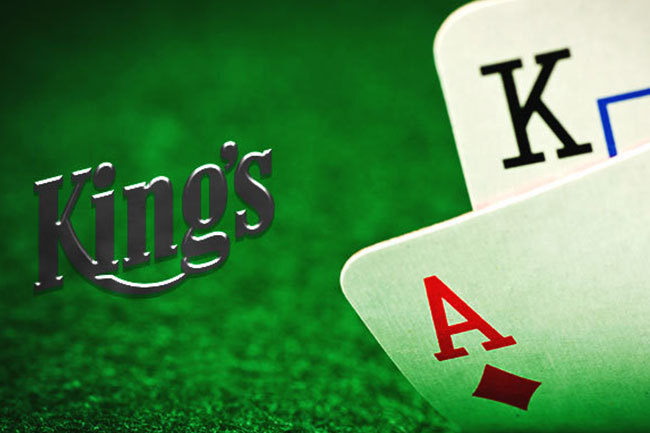 Australians have emerged as the world’s biggest gaming losers, with annual gambling losses of AU$24 billion in 2016, while the country ranks first when it comes to gambling losses per adult, followed by Singapore. Now, the latest statistics for the state of Queensland have been published and the data shows a surge in gaming losses despite the fact that fewer people are now playing slot machines.
Australians have emerged as the world’s biggest gaming losers, with annual gambling losses of AU$24 billion in 2016, while the country ranks first when it comes to gambling losses per adult, followed by Singapore. Now, the latest statistics for the state of Queensland have been published and the data shows a surge in gaming losses despite the fact that fewer people are now playing slot machines.
Electronic gaming machines, or pokies as they are known in Australia, are extremely popular in the country. According to the 2016/2017 Queensland Household Gambling Survey, 24.7 per cent of adults in the state played pokies, which is a slight drop from the 2011/2012 participation rates, indicating that 29.6 per cent of people used these gaming machines. However, people in the state lost a record $2.34 billion to pokies, while the losses to all types of gambling were nearly $4 billion in 2017. Interestingly, more people participated in any form of gambling, the report says – 29.2 per cent of the adults in Queensland did not gamble in any way, compared to 26.2 per cent in 2011/2012.
The most popular form of gambling remains lottery products – the lottery and different scratch cards, which were used by 54.9 per cent of the people. There is also a drop in the participation rates from five years ago when 58.8 per cent played the lottery. The second most popular type of gambling is pokies, followed by art union tickets (25.5%), horse and dog races (18.3%), and keno (15.2%). Next in the list are sports betting (6.9%), casino table games (5.6%), bingo (3.2%), and private card games (2.2%). The survey shows a decline in the participation rates for most forms of gambling, but in three products– art union tickets, sports betting and bingo.
The survey was conducted on 15,000 adults in Queensland. It shows that 12.3 per cent of the people gambled using the Internet. Another finding shows that, in general, men were bigger gamblers than women. The largest difference between the two genders was in sports betting – 11.8 per cent of all men put wagers on sports events compared to only 2.3 per cent of women. Ladies were more active in certain forms of gambling, however – 55.8 per cent of them used lottery products, compared to 53.9 per cent of men; 25.7 per cent of women used art union tickets versus 24.5 per cent of men; and 4.5 per cent of women played bingo, compared to only 1.8 per cent of men.
Differences by Age and Education, Problem Gamblers
 The Queensland Household Gambling Survey 2016-17, published April 30 on the official website of the Queensland Government, also looks at the specific gambling habits of different age groups. In addition, groups are also divided by educational attainment, work status, personal income, and country of birth. According to one of the most interesting findings, people aged 18 to 34 had the highest participation rates for playing slot machines, casino table games, and private card games. They were also the most active generation when it came to betting on sports events, elections, TV shows and other novelty events.
The Queensland Household Gambling Survey 2016-17, published April 30 on the official website of the Queensland Government, also looks at the specific gambling habits of different age groups. In addition, groups are also divided by educational attainment, work status, personal income, and country of birth. According to one of the most interesting findings, people aged 18 to 34 had the highest participation rates for playing slot machines, casino table games, and private card games. They were also the most active generation when it came to betting on sports events, elections, TV shows and other novelty events.
On the other hand, participation for keno was the highest among those aged 35-54 years. People in the third age group, 55 years old and more, were most active in lottery products, art union tickets, and bingo. The level of education is apparently also important, as for playing pokies and keno, the participation rates of people with a university degree or postgraduate qualifications were significantly lower than those with a lower level of qualification. Those with junior high school (Year 10) or VET certificate I, on the other hand, were less likely to bet on sporting events (excluding fantasy sports and e-sports).
The survey finds several categories of gamblers in Queensland, with problem gamblers being only 0.51 per cent of adults in the state. The largest group is recreational gamblers, although there has been a slight decrease, compared to an increase in moderate risk gamblers from 1.9 per cent to 2.5 per cent. According to the data, 61.4 per cent of adults in the state were recreational players, while 29.2 per cent did not gamble at all. Another 6.4 per cent of people were low-risk gamblers, 2.5 per cent were moderate-risk gamblers, and 0.51 per cent were high-risk or problem gamblers.


















